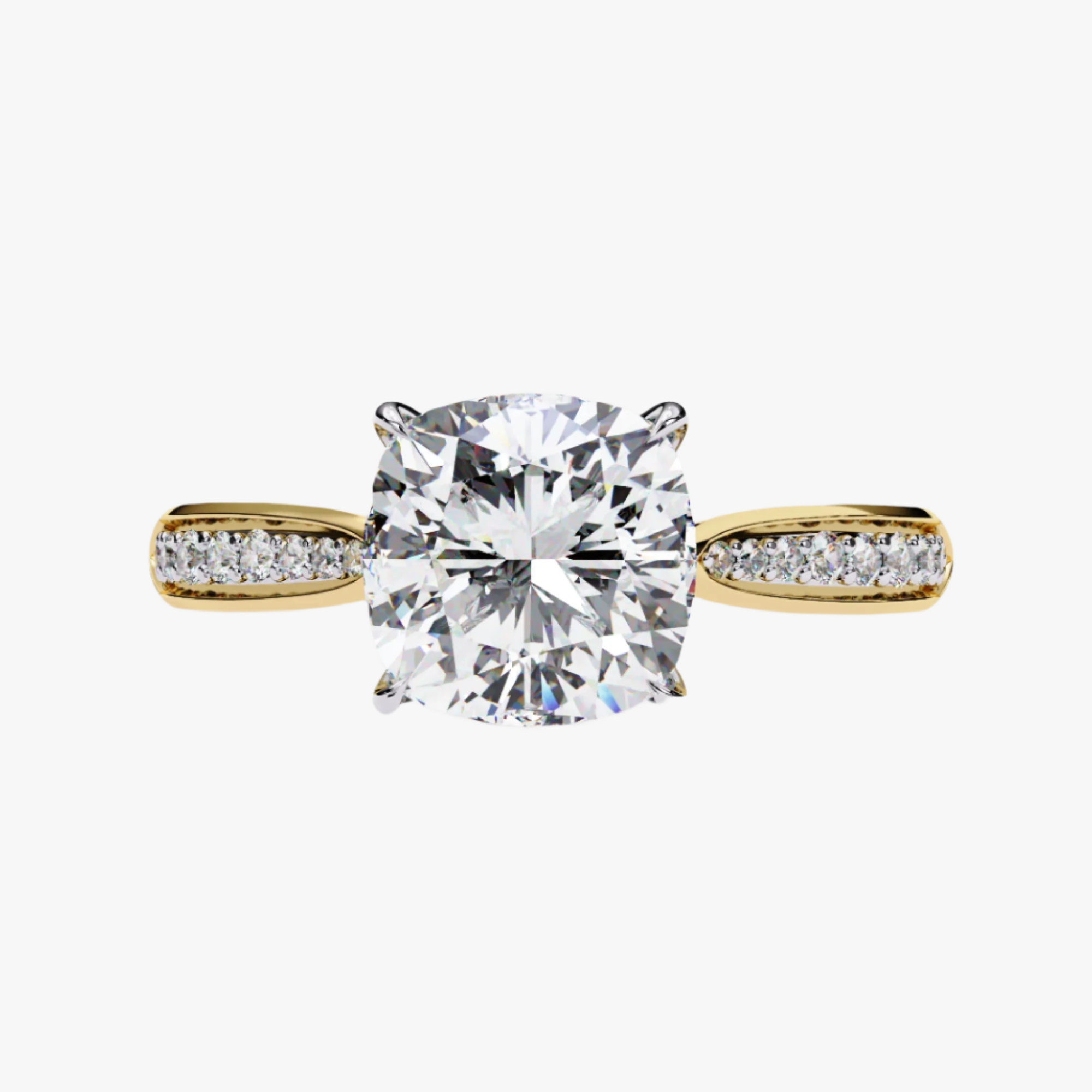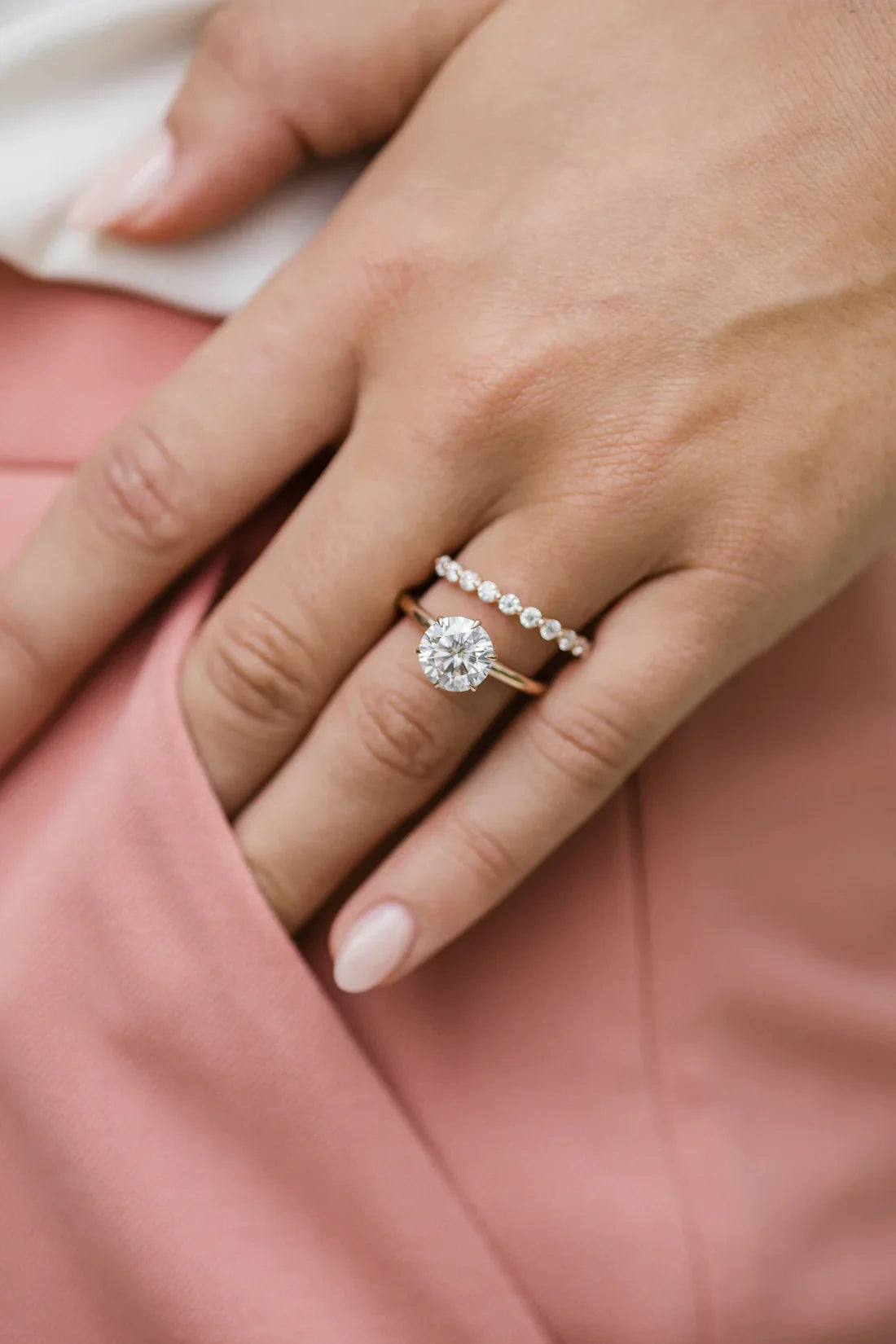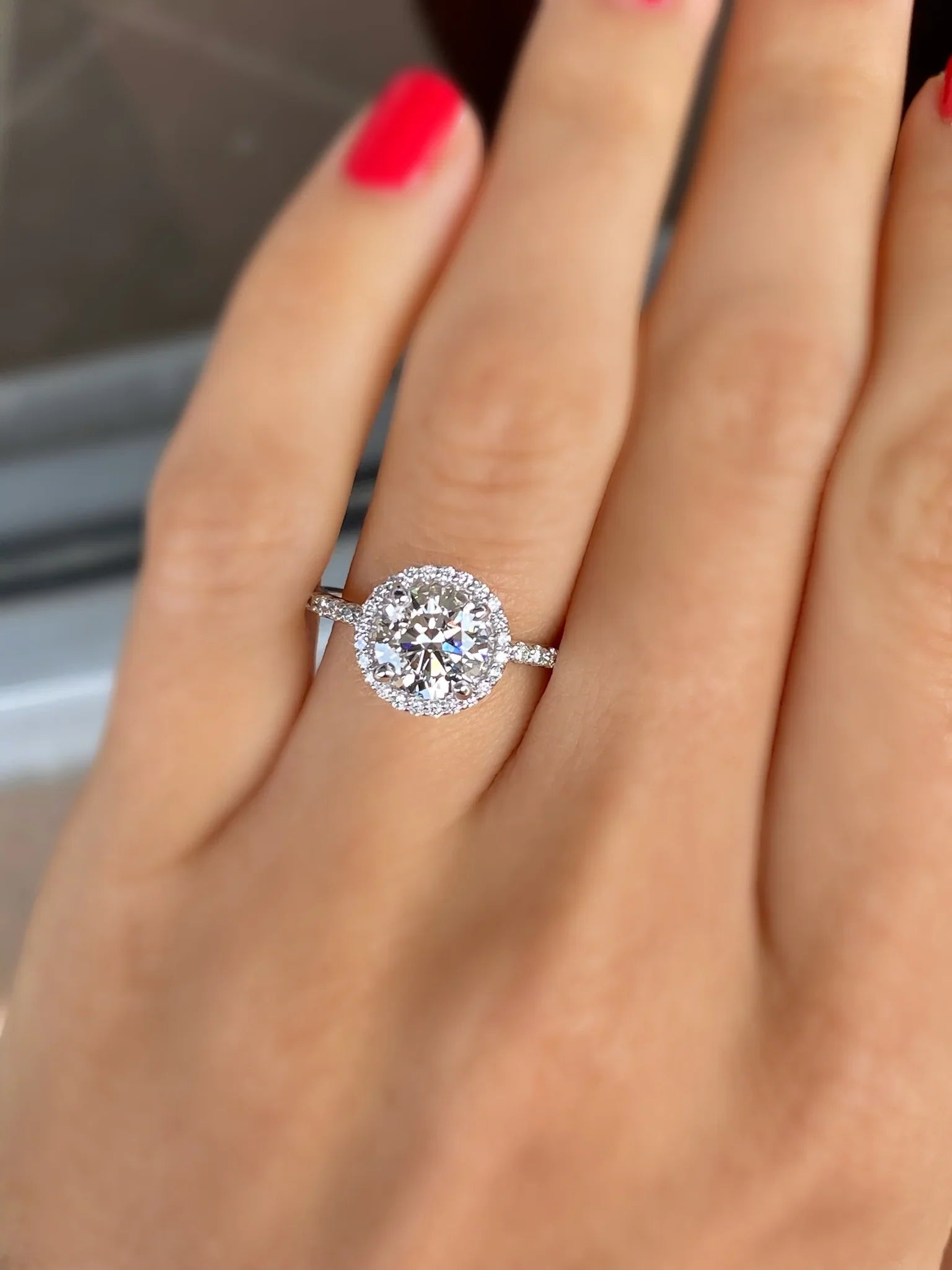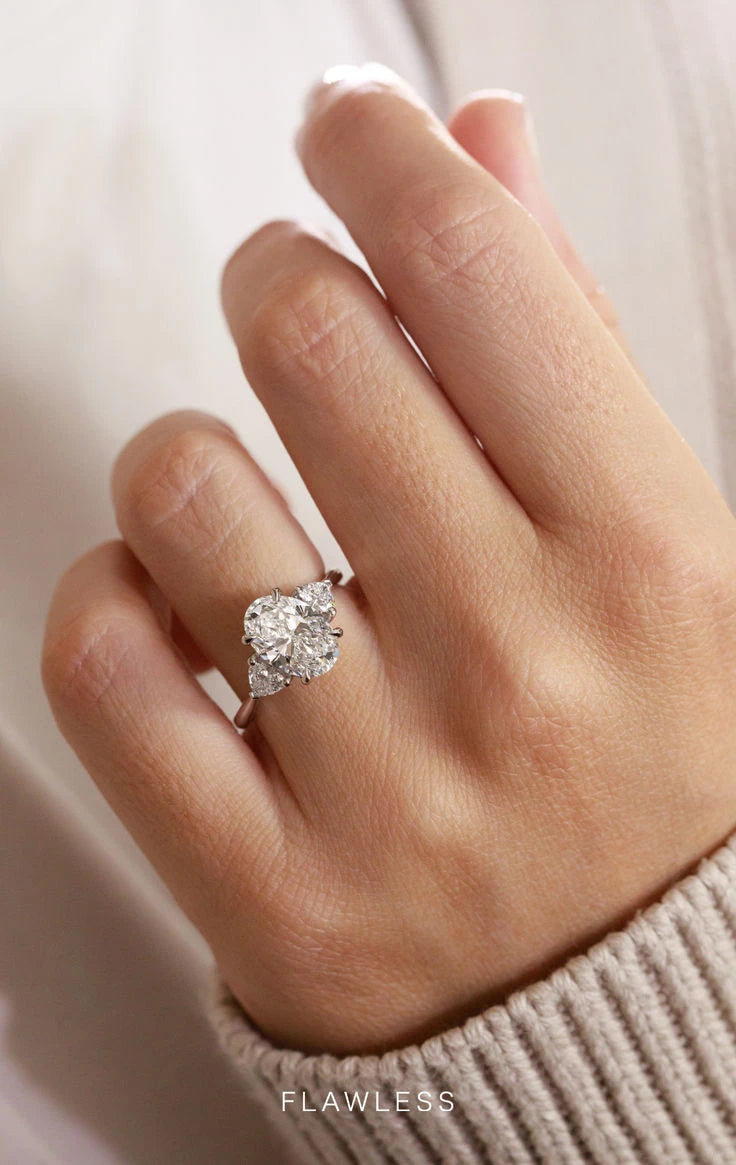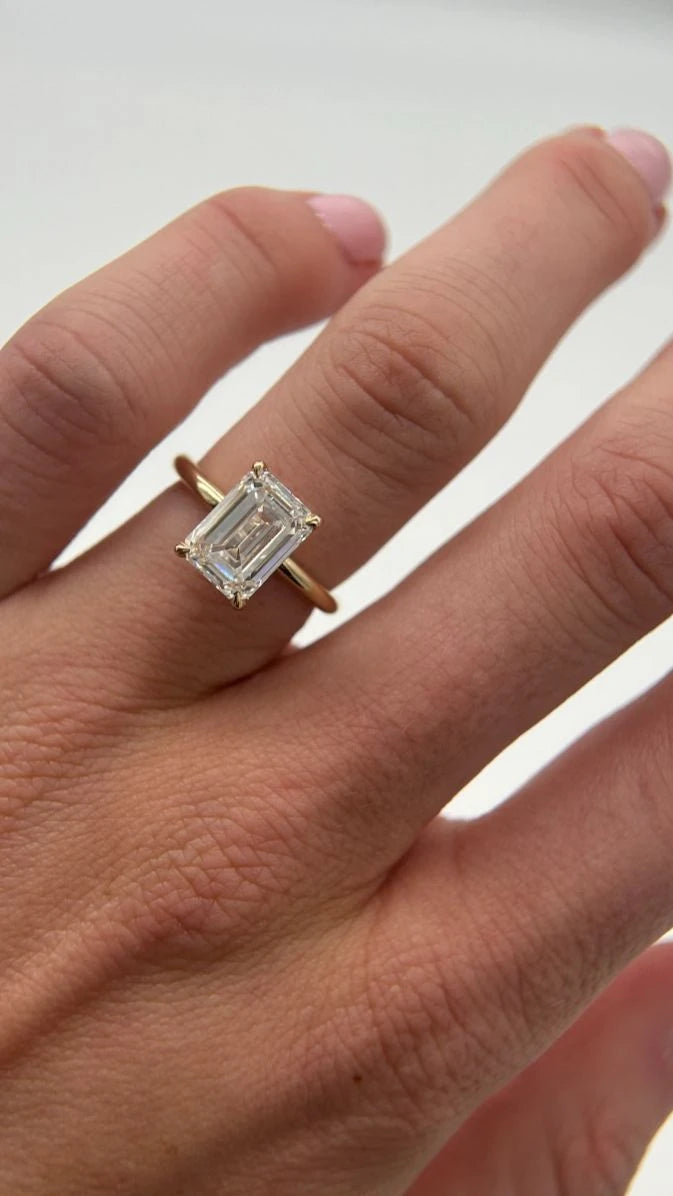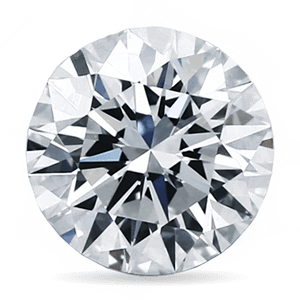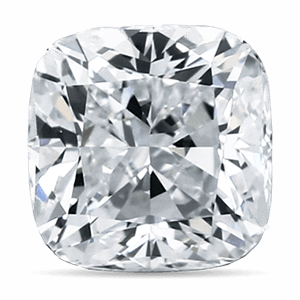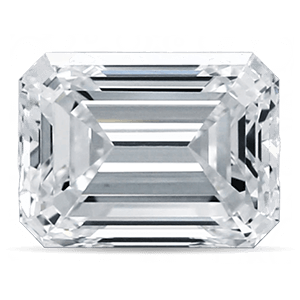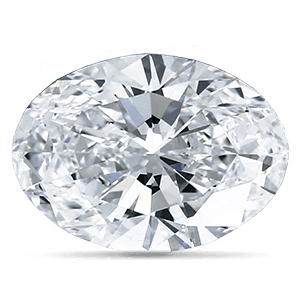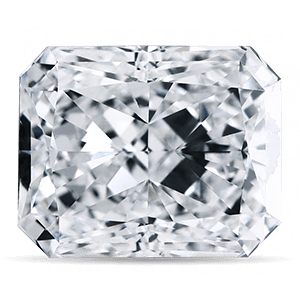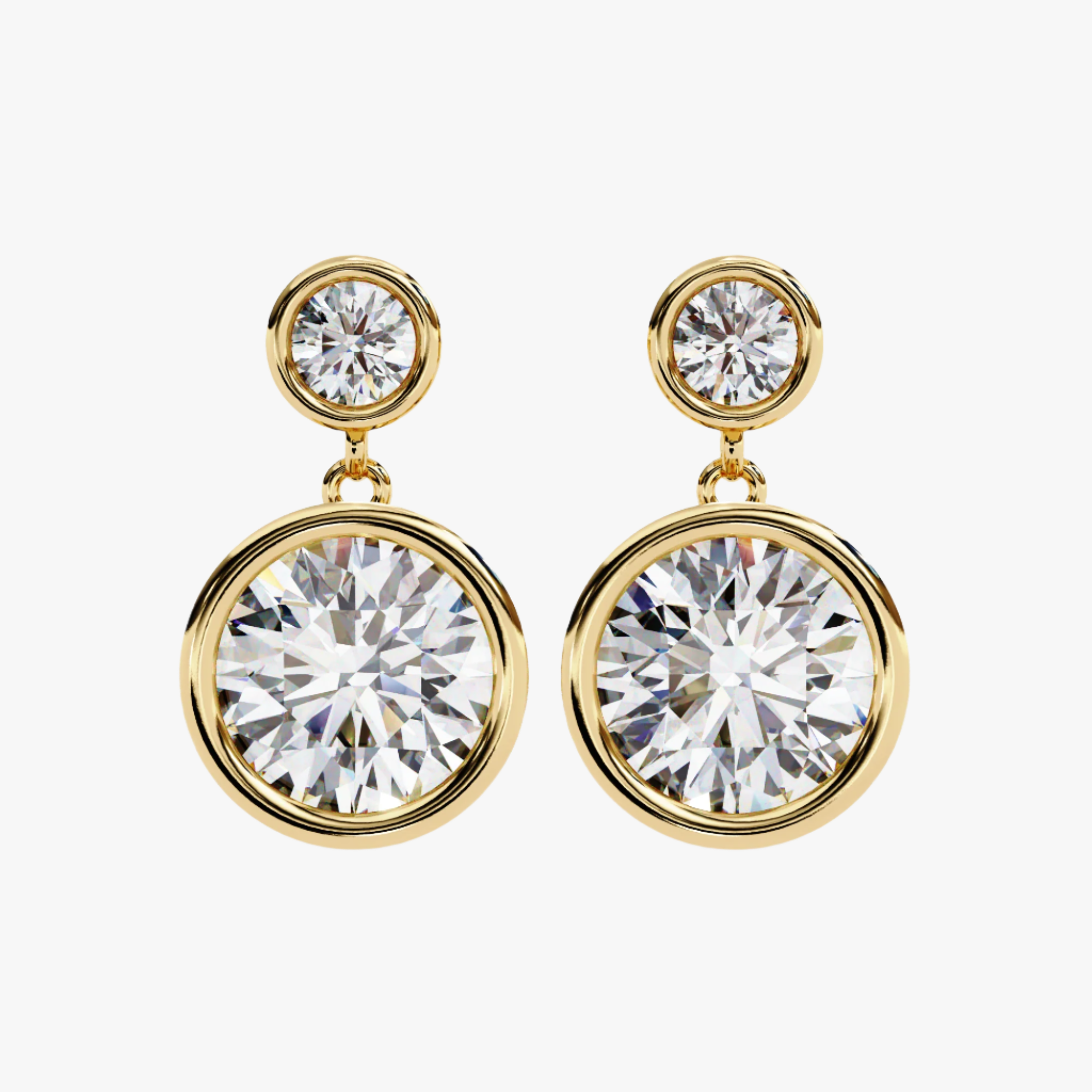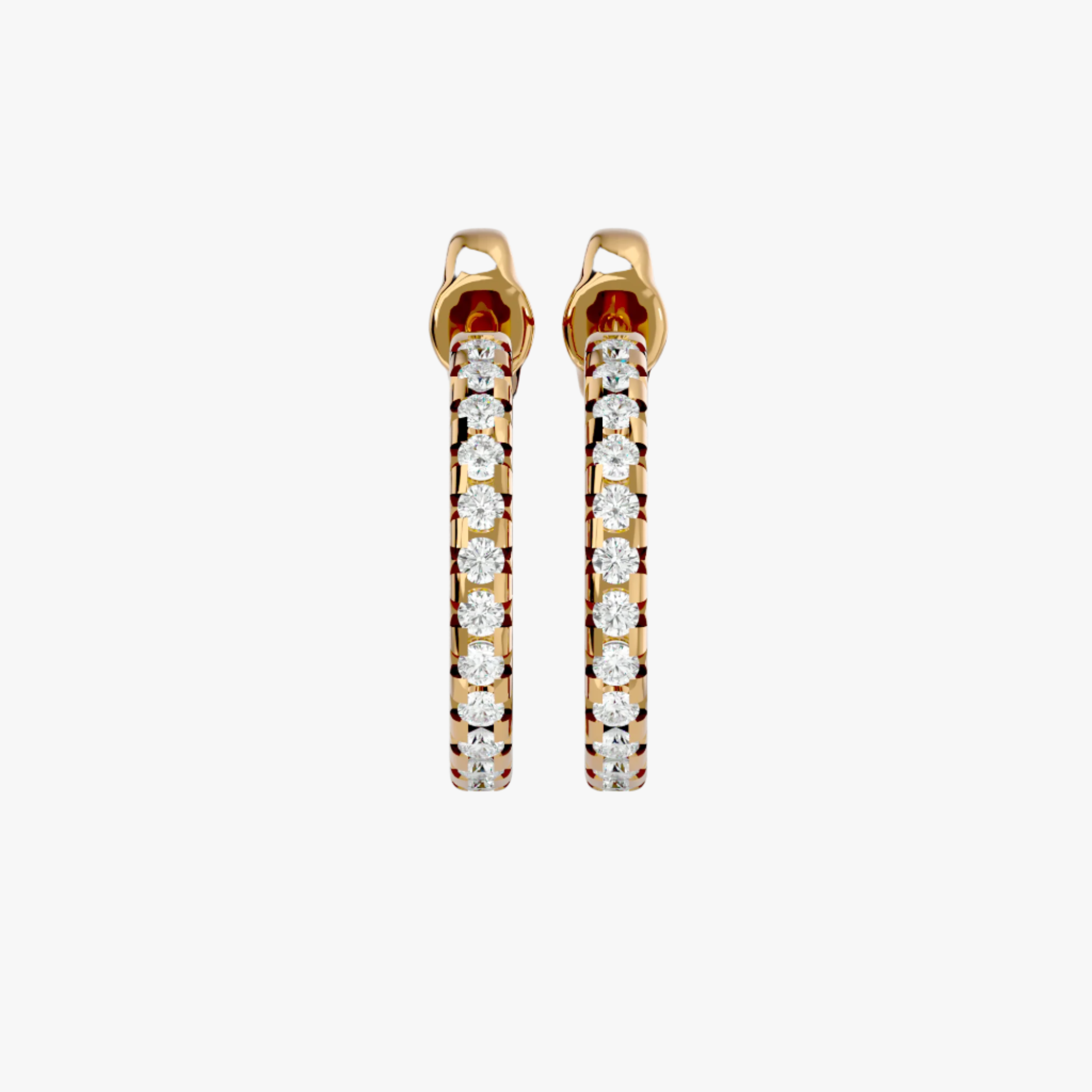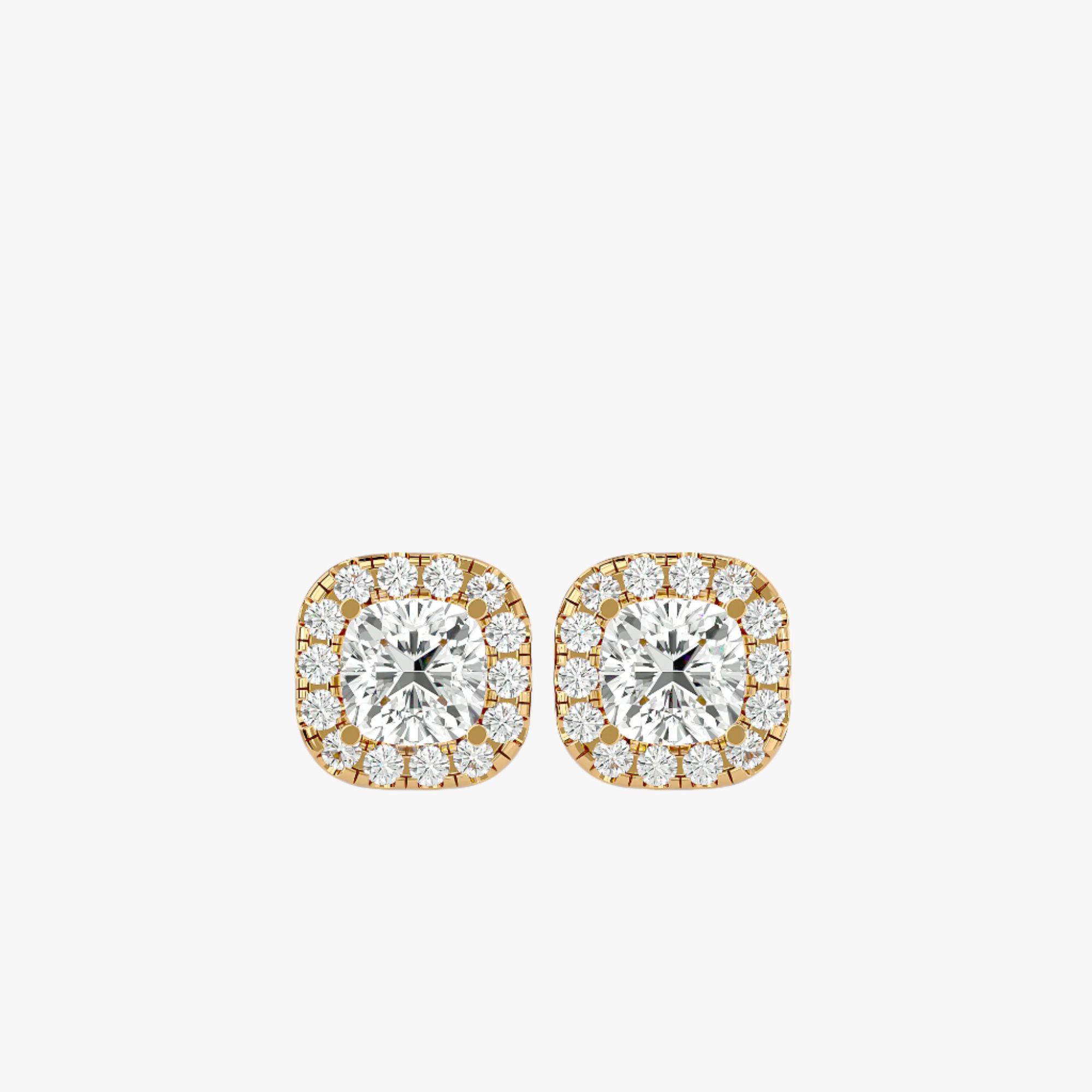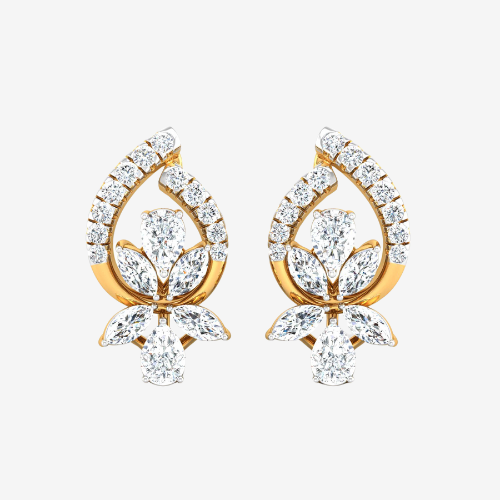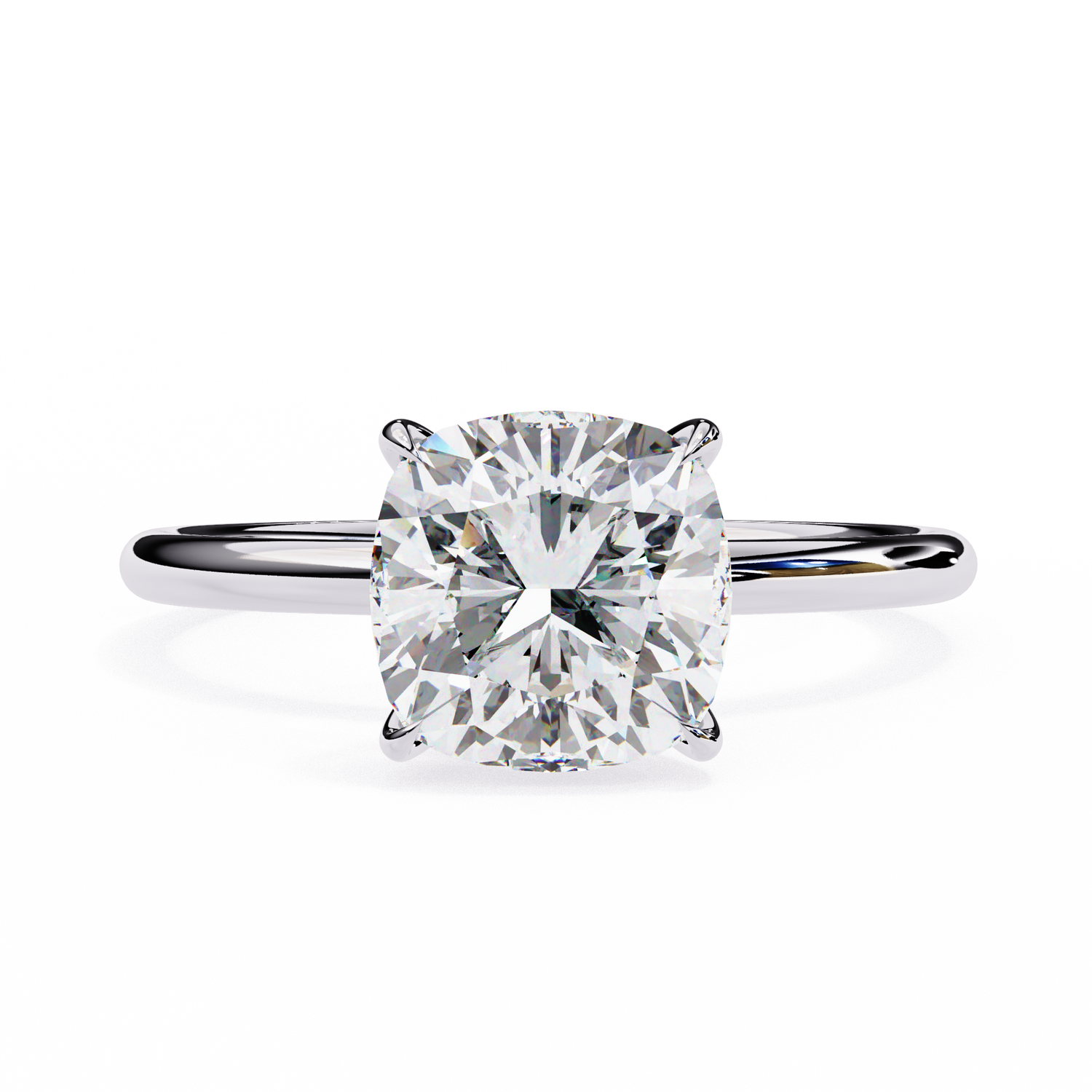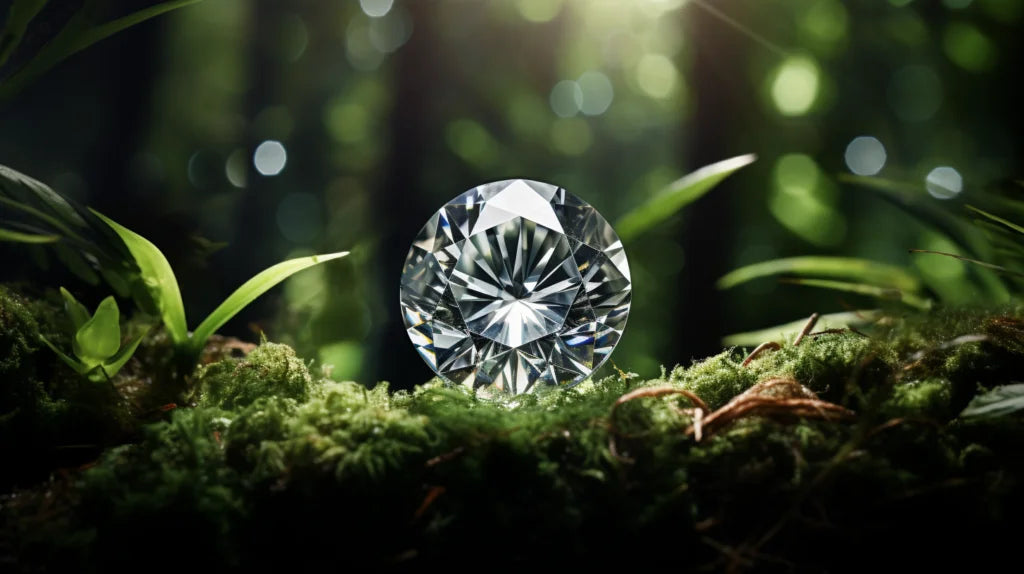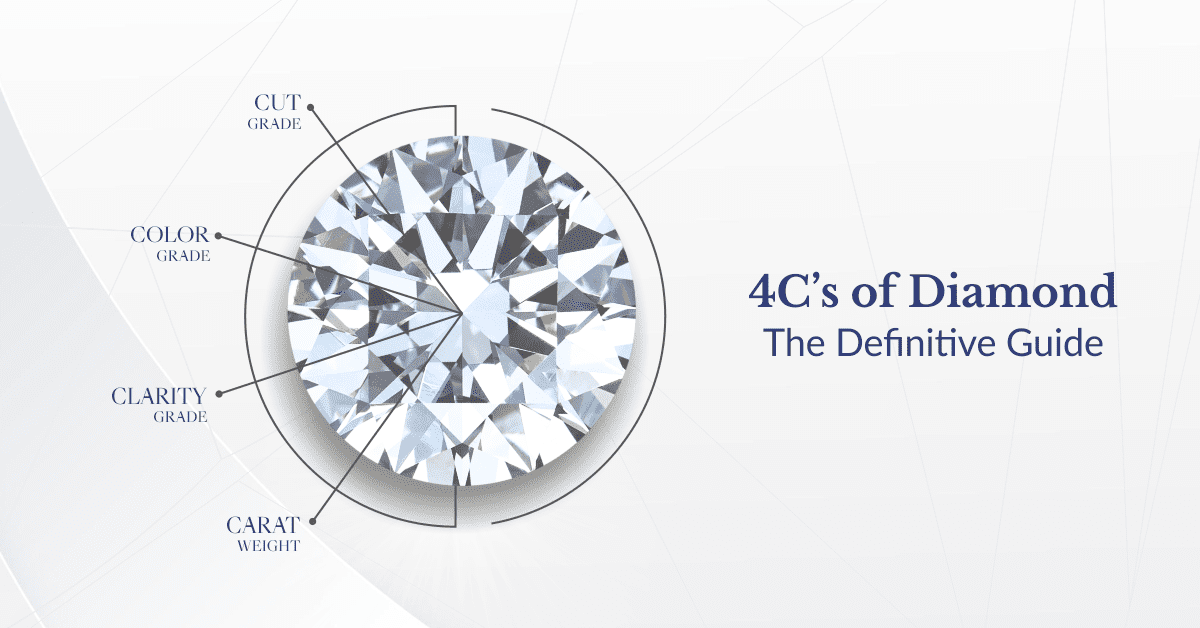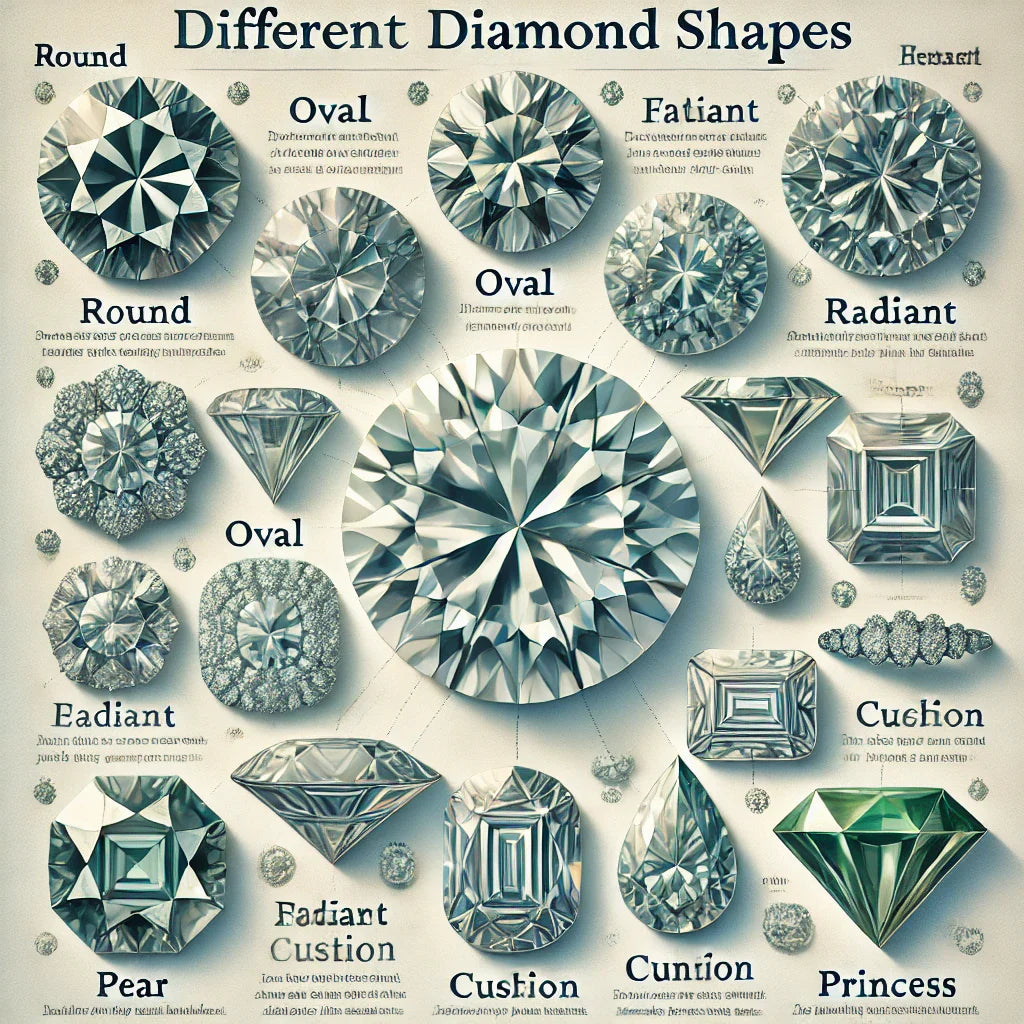When selecting a lab-grown diamond, understanding the 4Cs—Carat, Cut, Clarity, and Color—is crucial in choosing a gem that meets your expectations. These four factors determine a diamond’s appearance, brilliance, and overall value and apply to both lab-grown and natural diamonds. Here’s a breakdown of each:
Carat (Diamond Weight)
Carat refers to the weight of a diamond, with 1 carat equaling 200 milligrams. While many assume that higher carat weight equals a larger diamond, a diamond’s cut and shape can significantly influence its visual size. A well-cut diamond can appear larger than its actual weight, whereas a poorly proportioned diamond may seem smaller.
When selecting the right carat weight, consider your budget and preferences. Larger diamonds are rarer and more expensive, but opting for a diamond just below major weight thresholds (e.g., 0.90ct instead of 1.00ct) can offer a similar look at a more competitive price.
Tip: If you're looking for maximum visual impact without exceeding your budget, consider diamonds slightly below popular sizes like 1.00ct or 2.00ct—they often appear nearly as large but are priced significantly lower.
Cut (Diamond Brilliance)
The cut is the most important of the 4Cs when it comes to a diamond’s brilliance and sparkle. A well-cut diamond reflects light efficiently, maximizing its fire and scintillation, while a poorly cut diamond may appear dull or lifeless, regardless of its clarity or color.
Diamond cut grades range from Poor to Ideal, with the Ideal or Excellent cut being the most desirable as they reflect light beautifully, enhancing the diamond’s brilliance. The cut grade considers factors like proportion, symmetry, and polish, all of which influence how much light is reflected back to the eye.
Tip: Always prioritize cut quality. A smaller diamond with an excellent cut will look more striking than a larger diamond with a poor cut.
Clarity (Diamond Purity)
Clarity measures the internal inclusions and surface blemishes of a diamond. While most imperfections are microscopic and not visible to the naked eye, they can still affect a diamond’s brilliance and overall appearance. Lab-grown diamonds typically have fewer inclusions than natural diamonds, as they are created in controlled environments.
Clarity Scale:
FL (Flawless) / IF (Internally Flawless): Extremely rare with no visible inclusions under 10x magnification.
VVS1 / VVS2 (Very, Very Slightly Included): Minute inclusions, nearly invisible.
VS1 / VS2 (Very Slightly Included): Small inclusions visible only under magnification.
SI1 / SI2 (Slightly Included): Inclusions may be visible to the naked eye.
I1 / I2 / I3 (Included): Visible inclusions that can impact brilliance.
Tip: To get the best balance between quality and value, opt for a VS1 or VS2 clarity—imperfections are minimal and often invisible without magnification.
Color (Diamond Hue & Tone)
Color refers to the natural tint found in a white diamond. The GIA color scale ranks diamonds from D (colorless) to Z (noticeable yellow or brown tint). The less color a diamond has, the rarer and more valuable it is. Lab-grown diamonds can achieve the same colorless grades as natural diamonds while being more affordable.
Color Grading Scale:
D-F (Colorless): Pure, icy white diamonds with no detectable color.
G-J (Near Colorless): Slight warmth, but appears colorless to the untrained eye.
K-M (Faint Color): Noticeable warmth, often set in yellow gold to mask tint.
N-Z (Noticeable Color): Distinct yellow/brown tint.
Tip: For the best balance of quality and value, choose a G-H color diamond, as it appears colorless in most settings but is priced lower than D-F grades.
At Melee Lab, we ensure that every diamond is expertly graded on the 4Cs by an independent gemological laboratory, giving you full transparency and confidence in your purchase.






